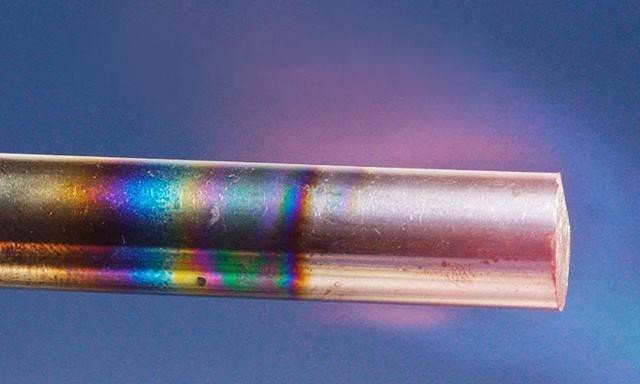- English
- French
- German
- Portuguese
- Spanish
- Russian
- Japanese
- Korean
- Arabic
- Greek
- German
- Turkish
- Italian
- Danish
- Romanian
- Indonesian
- Czech
- Afrikaans
- Swedish
- Polish
- Basque
- Catalan
- Esperanto
- Hindi
- Lao
- Albanian
- Amharic
- Armenian
- Azerbaijani
- Belarusian
- Bengali
- Bosnian
- Bulgarian
- Cebuano
- Chichewa
- Corsican
- Croatian
- Dutch
- Estonian
- Filipino
- Finnish
- Frisian
- Galician
- Georgian
- Gujarati
- Haitian
- Hausa
- Hawaiian
- Hebrew
- Hmong
- Hungarian
- Icelandic
- Igbo
- Javanese
- Kannada
- Kazakh
- Khmer
- Kurdish
- Kyrgyz
- Latin
- Latvian
- Lithuanian
- Luxembou..
- Macedonian
- Malagasy
- Malay
- Malayalam
- Maltese
- Maori
- Marathi
- Mongolian
- Burmese
- Nepali
- Norwegian
- Pashto
- Persian
- Punjabi
- Serbian
- Sesotho
- Sinhala
- Slovak
- Slovenian
- Somali
- Samoan
- Scots Gaelic
- Shona
- Sindhi
- Sundanese
- Swahili
- Tajik
- Tamil
- Telugu
- Thai
- Ukrainian
- Urdu
- Uzbek
- Vietnamese
- Welsh
- Xhosa
- Yiddish
- Yoruba
- Zulu
Points For Welding Steel And Refractory Metals
2024-01-05 18:05:21
Points For Welding Steel And Refractory Metals
Jan 16, 2020
The common refractory metals such as Nb, Mo and W have poor weldability and are prone to oxidation and nitriding at high temperatures, resulting in welding cracks, embrittlement of weld metal and heat-affected zone. The main performance is as follows:
(1) Embrittlement of weld metal and heat-affected zone
The welding heat cycle caused the brittle films of Nb, Mo, W and their alloys to be resolute at the grain boundaries after being heated and broken, and then precipitated along the grain boundaries during the subsequent cooling process. At the same time, the length of grain reduces the total area of grain boundary, while the impurity content on grain boundary increases, resulting in embrittlement, reduction of plasticity and increase of plastic-embrittlement transition temperature in weld metal and heat-affected zone. If the welding protection is not good, the increase of oxygen and hydrogen in the weld metal will also cause the embrittlement of the weld metal. C, Si, S and other impurities into the welding
Seam metal, also can cause similar oxygen, nitrogen action.
(2) Welding cracks and pores
The elastic modulus and welding stress of Nb, Mo and W are large, and the welding joint is easy to embrittlement. Therefore, when the impurity content is high and the constraint degree is large, welding cracks are easy to occur. Measures to reduce crack tendency are:
Prevent impurities from polluting the weld metal;
Try to reduce the constraint of the welding joint;
(3) Before welding, preheat the transition temperature higher than that of plastic brittleness of the base material, and immediately after welding, preheat the temperature lower than the recrystallization temperature of the base material.
(4) Use pulse welding to destroy the direction of the weld metal crystal.
(3) Sensitivity to stress concentration
Due to the high transition temperature of plastic brittle of Nb, Mo, W and their alloys, they are very sensitive to stress concentration. Therefore, during welding, it is necessary to avoid such defects as edge bite and incomplete welding. After welding, the surface of the weld should be removed, and the transition zone between the weld and the base material should be smooth, which is conducive to preventing the brittle fracture of the welding joint.
The weldability of steel with Nb, Mo and W mainly depends on the properties of Nb, Mo and W. These refractory metals react strongly with oxygen in the air at high temperature, and easily produce defects such as porosity, joint embrittlement and crack in the welding process. Impurities in metal have great influence on its mechanical properties, deformation and weldability.
The adsorption, dissolution, diffusion and interaction of Nb, Mo, W and other metals on the gas resulted in the formation of oxides, nitride and hydrides, which resulted in the serious embrittlement of the welded joint and significantly reduced the mechanical properties of the welded joint.
Nb has good weldability, while Mo and W have poor weldability. For example, when only O2 0.002%, C 0.00% and N2 0.008% are contained in molybdenum, these impurities precipitate into brittle phases such as oxides, nitride and carbides, etc. of metal, which are distributed in the product boundary. Under the action of welding stress, crystal cracks are easily generated.
When Nb, Mo and W are welded with materials such as Fe, Ni and Co, their physical and chemical properties differ greatly.
The solubility of W metal decreases, and W metal mostly exists in limited mutual solution, and can form a series of brittle compounds. Moreover, their melting point and linear expansion coefficient are quite different, so it is easy to generate large thermal stress and welding defects in the welding process, which will also increase the crack sensitivity.
When welding steel with refractory metals such as Nb, Mo and W, the following technological measures must be taken:
(1) Add appropriate alloying elements in the weld, so that it can not only with Nb, Mo, W, and the main elements in the steel and the formation of infinite mutual dissolution or solubility greater solid solution.
(2) Add good plasticity and good welding with Nb, Mo, W and steel intermediate metal layer.
(3) It is the most effective method to adopt the fusion welding brazing technology that only welds steel and brazes Nb, Mo and W.
YOU MAY LIKE
